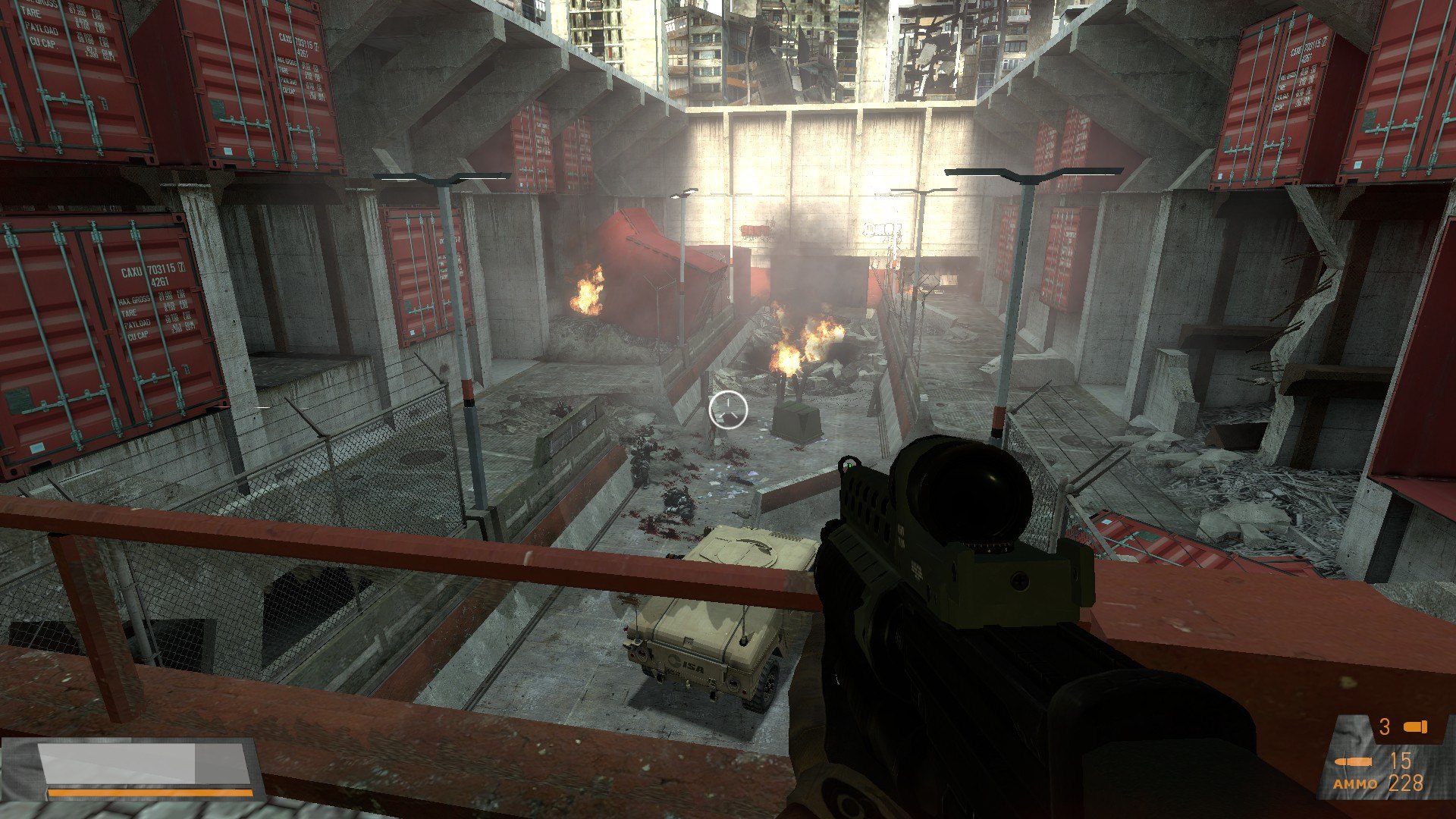

Management believes this suggests CART-ddBCMA has a meaningful advantage over the leaders in BCMA CAR-T space. High transduction rate compared favorably to previously published data for Abecma and Carvykti, as seen above. This could result in improved product consistency and reduce number of untransduced T cells (which contribute to toxicity but not efficacy).įigure 3: Superior transduction efficiency for CART-ddBCMA (Source: corporate presentation) Specifically, for CART-ddBCMA they have achieved transduction rates ranging from 60% to 85% in over 20 lots tested. In the context of ddCARs, they believe the D-Domain structure creates an efficient and scalable cell manufacturing process. Such structural properties could translate into high transduction rates, high cell surface expression and low tonic signaling. Stability is also superior as D-Domains are highly stable proteins compared to scFvs (facilitates expression of CARs on T cells and manufacturing of SparX proteins). The small antigen binding domain may also function to improve the immunological synapse formation and thus CAR-T cell killing. The idea here is that a smaller antigen binding domain will decrease the overall lentiviral construct size which may improve transduction efficiency. Differentiating attributes of the D-Domains include small size (8kDa versus other antigen binding domains used in CAR constructs at 25kDa).

In preclinical studies of CARs with D-Domains and scFvs they demonstrated that the D-Domains result in higher transduction efficiency, higher surface expression, and lower tonic signaling relative to scFvs, which could lead to cell therapies with improved therapeutic benefit and reduced toxicity.Īgain, Arcellx aims to overcome competitors' limitations with its new class of D-Domain powered autologous AND allogeneic CAR-Ts, including classical single infusion CAR-Ts called ddCARs and dosable and controllable universal CAR-Ts called ARC-SparX, to address hematologic cancers, solid tumors, and eventually indications outside of oncology such as autoimmune diseases.įigure 2: Pipeline (Source: corporate presentation)ĭelving into specifics of the company's proprietary platforms starting with ddCAR, it is composed of an intracellular T cell signaling domain similar to traditional CARs fused to the D-Domain, which functions as the extracellular antigen binding region. They can be consistently manufactured and easily modified to generate diverse libraries of proprietary target-binding domains. Arcellx's D-Domain platform consists of structurally unique binders that are small and stable. While existing cell therapy products mostly use biologic-based, single chain variable fragment (scFv) binding domain, these tend to be beneficial to a limited segment of patients and result in toxicity challenges (narrow applicability to indications they are pursuing). A key point of differentiation for Arcellx in this increasingly crowded space is its novel synthetic binding scaffold, the D-Domain, which is designed to overcome limitations of traditional CAR-Ts. Management believes that competitors are constrained to existing biologic structures which in turn ultimately limits impact and opportunity for their drug candidates. Overviewįounded in 2015 with headquarters in Maryland (78 employees), Arcellx seeks to reimagine cell therapy through development of safer, more effective and more broadly accessible programs. My initial take is that investors interested in this name would do well to accumulate positions in the second half of the year (perhaps we see dips to the $16/level which would offer an attractive opportunity to add further exposure). From there, management wisely took advantage of the post-data move to raise $128M at $16/share and that price level appears to be providing support in the near term. In the weekly chart above, we can see shares slide post IPO to a low of $6 in Q2 followed by a parabolic spike to highs $20s thanks to promising clinical data shared at EHA in June. When looking at charts, clarity often comes from taking a look at distinct time frames in order to determine important technical levels and get a feel for what's going on. While it is true that the field of hematological malignancies and especially the BCMA target are quite crowded, given strength of the results and potential readthrough to the company's use of a novel binding domain I wanted to dig deeper and see what I can uncover for readers here.įigure 1: ACLX weekly chart (Source: Finviz) After falling as far as the $6 level during Q2, the stock is up 131% over the past 3 months thanks to promising clinical data unveiled at EHA for its CART-ddBCMA therapy in patients with relapsed or refractory myeloma. Shares of up-and-coming heme CAR-T player Arcellx ( NASDAQ: ACLX) have risen by 20% since February IPO was priced at $15.


 0 kommentar(er)
0 kommentar(er)
